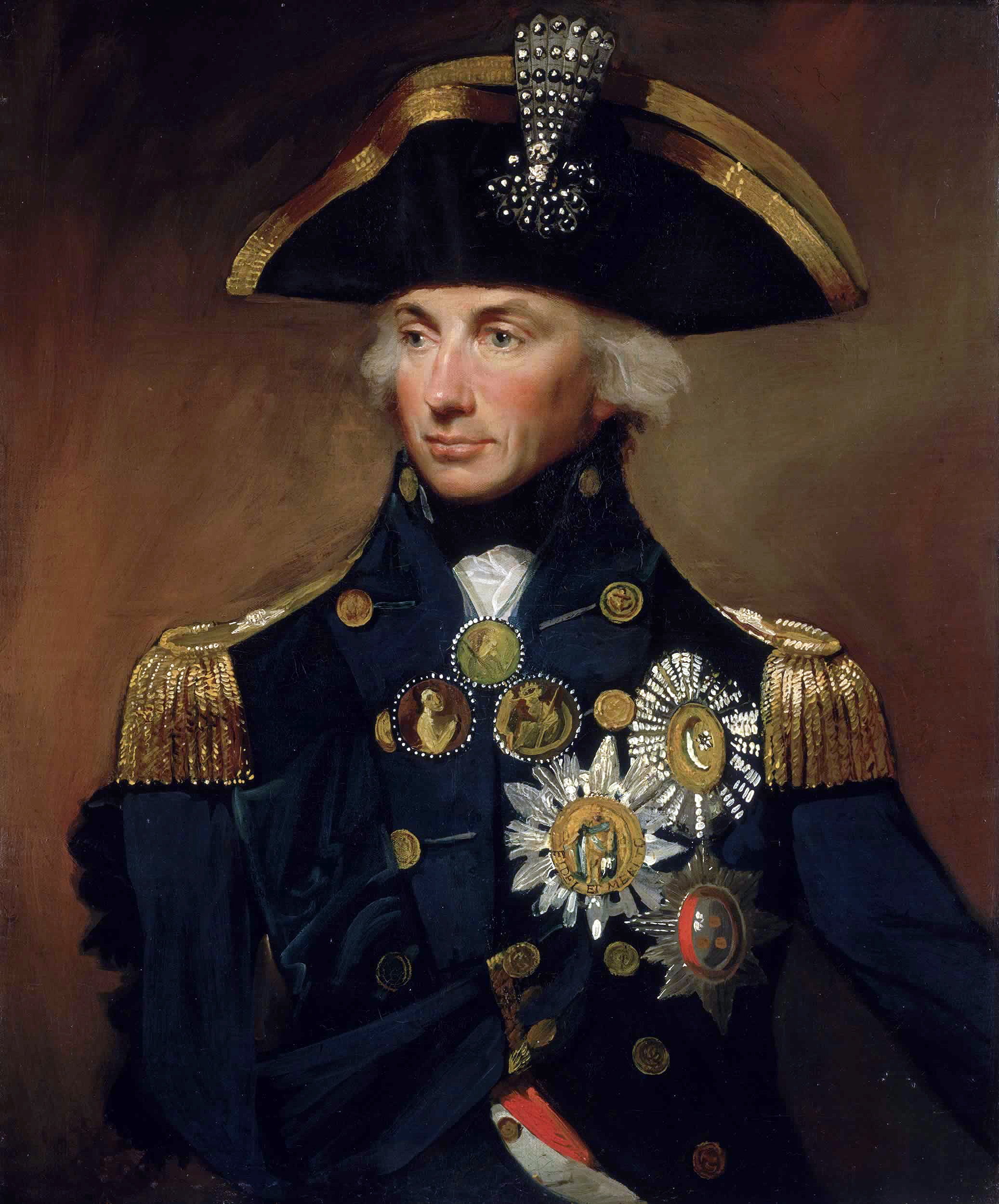Stamp: Miguel Grau Monument, Callao (Peru 1901)
Miguel Grau Monument, Callao (Peru 1901)
01 January (Peru ) within release Telegraph Stamps goes into circulation Stamp Miguel Grau Monument, Callao face value 1 Peruvian sol
| Stamp Miguel Grau Monument, Callao in catalogues | |
|---|---|
| Yvert et Tellier: | Yt: PE TT17 |
Stamp is square format.
Printed by American Bank Note Co., New York. Previously issued telegraph stamp overprinted in black, diagonally "TELEGRAFO". BU T20 HI 17Also in the issue Telegraph Stamps:
- Stamp - Columbus Monument face value 4;
- Stamp - Miguel Grau Monument, Callao face value 1;
- Stamp - May, 2nd Column face value 40;
Stamp Miguel Grau Monument, Callao it reflects the thematic directions:
Admiral is the rank, or part of the name of the ranks, of the highest naval officers. It is usually abbreviated to "Adm" or "ADM". The rank is generally thought to have originated in Sicily from a conflation of Arabic: أمير البحر, amīr al-baḥr, "commander of the sea", with Latin admirabilis ("admirable") or admiratus ("admired"), although alternative etymologies derive the word directly from Latin, or from the Turkish military and naval rank miralay. In the Commonwealth and the U.S., a "full" admiral is equivalent to a "full" general in the army, and is above vice admiral and below admiral of the fleet (or fleet admiral). In NATO, admirals have a rank code of OF-9 as a four-star rank.
A military, also known collectively as an armed forces, are a heavily armed, highly organized force primarily intended for warfare. Militaries are typically authorized and maintained by a sovereign state, with their members identifiable by a distinct military uniform. They may consist of one or more military branches such as an army, navy, air force, space force, marines, or coast guard. The main task of a military is usually defined as defence of their state and its interests against external armed threats. Вооруженные силы,
A monument is a type of structure that was explicitly created to commemorate a person or event, or which has become relevant to a social group as a part of their remembrance of historic times or cultural heritage, due to its artistic, historical, political, technical or architectural importance. Examples of monuments include statues, (war) memorials, historical buildings, archaeological sites, and cultural assets. If there is a public interest in its preservation, a monument can for example be listed as a UNESCO World Heritage Site. The Palgrave Encyclopedia of Cultural Heritage and Conflict gives the next definition of monument:



